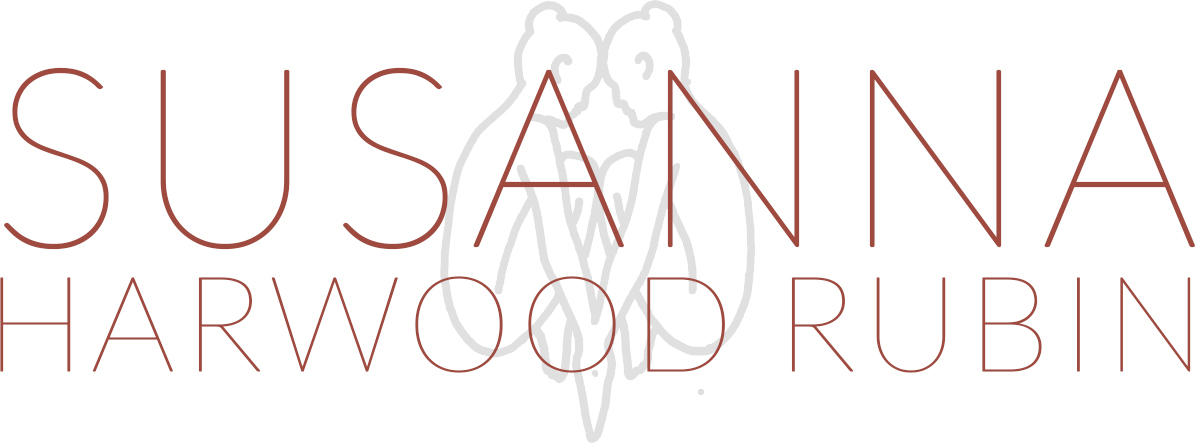In Sanskrit the word jnana means knowledge and the word vidya means wisdom. Vidya is the intelligence, creativity, and artistry of how you apply what you know to what you do. One is not more important than the other – both are necessary to live a rich fulfilling life. You can live less brightly without vidya. But you can’t even make your breakfast without jnana. Jnana is the foundation that allows for vidya to flourish, as long as you cultivate it. But vidya is what offers insight, makes beauty and art, and makes life worth living.
Before Picasso turned toward increasing degrees of abstraction in his work, he painted in a highly realistic manner. His contemporaries could also render in a visually accurate technical style. They all had the jnana. But they did not all have the vidya. How Picasso applied his knowledge was his wisdom – his genius – his vidya. He pushed the boundaries of jnana so much that he changed the rules.
So how does this relate to you?
In what areas of your life do you need to acquire more knowledge, more jnana?
In what areas of your life do you need to cultivate wisdom, vidya?
How can you build your knowledge as a point of departure for the wild creative leap of your wisdom?

